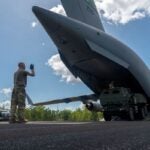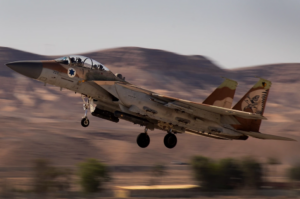
The U.S. Air Force has decided, "based on market research," to replace some of its 31 Boeing [BA] E-3 Airborne Warning and Control System (AWACS) planes with the Boeing E-7 Wedgetail, the service said on Apr. 26. The Wedgetail "is the only platform capable of meeting the requirements for the Defense Department’s tactical battle management, command and control and moving target indication capabilities within the timeframe needed to replace the aging E-3," the Air Force said. An E-7 contract award…














